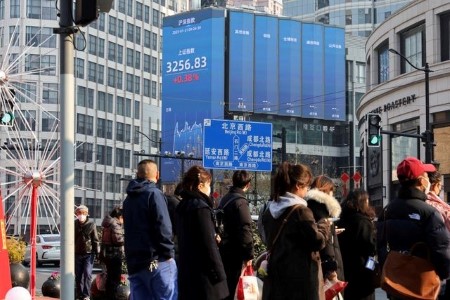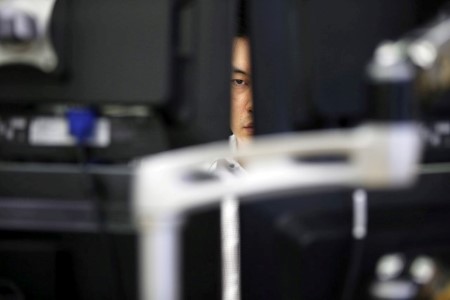DAVOS, Switzerland – A strong US economy and lower interest rates could foster a surge in the number of initial public offerings in 2025, building on the recent momentum, a top executive at the New York Stock Exchange said on Wednesday.
The change of guard at the Securities and Exchange Commission may also streamline the process to go public, potentially easing the burden for private companies weighing IPOs, the exchange’s vice president of listings and services, Chris Taylor, told the Reuters Global Markets Forum.
“There are certainly a lot of companies that are thinking about accessing public markets. Interest rates for the time being have stabilized. There’s a lot of confidence trickling within the US right now,” Taylor said, on the sidelines of the World Economic Forum in Davos, Switzerland.
The comments illustrate growing optimism in corporate boardrooms, where executives are moving forward with their IPO plans after a prolonged period of uncertainty.
An expected wave of deregulation and corporate tax cuts under the Trump administration has also boosted sentiment.
Genesys, an AI-driven developer of call center software, and Sweden’s payments giant Klarna are among the heavyweights expected to go public in the US in the next few months.
PRIVATE FOR LONGER
While the IPO market is showing signs of recovery, some of the most high-profile startups such as OpenAI and SpaceX have preferred to stay private for longer, raising money from venture capital investors instead.
Critics say the reluctance to list stems from the costly and cumbersome paperwork associated with an IPO.
Taylor said the new SEC regime could be more favorable.
“We think (public markets) are the best place for price discovery, access to capital and universal access to investment. We’re very hopeful that things will become more positive,” he said.
(Reporting by Divya Chowdhury in Davos and Niket Nishant in Bengaluru; edited by Alan Barona)







 DOWNLOAD
DOWNLOAD













